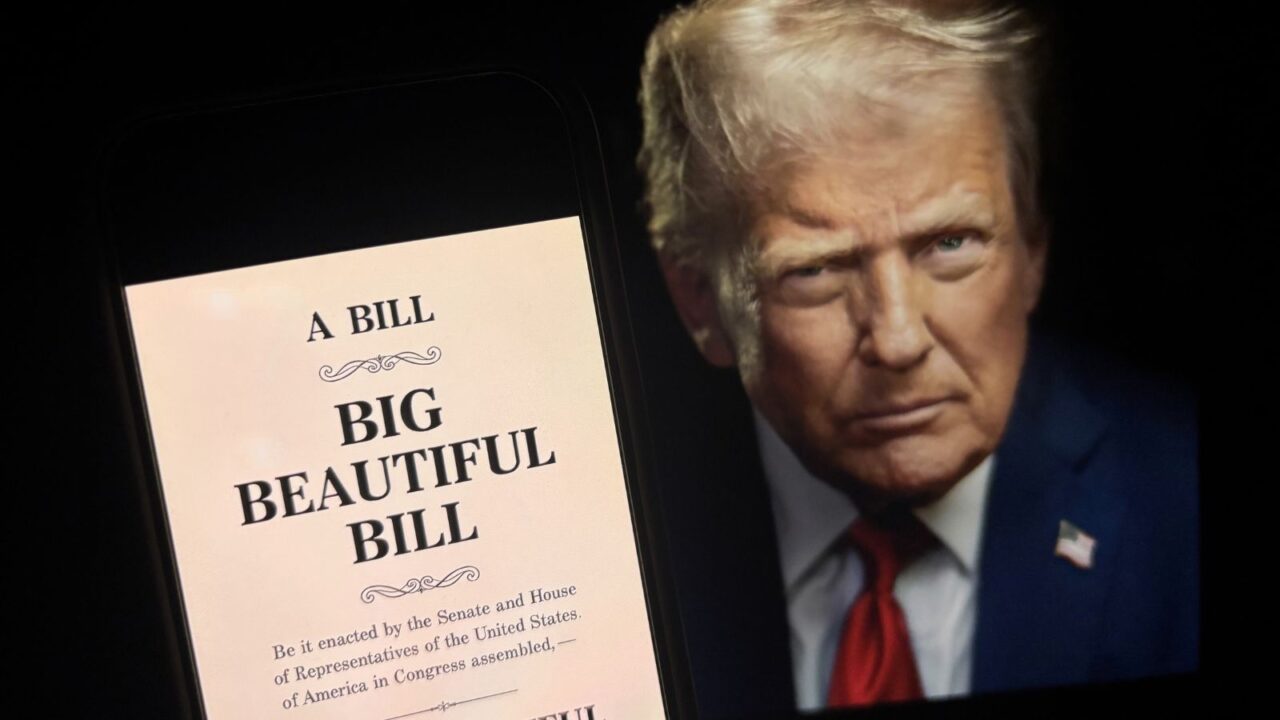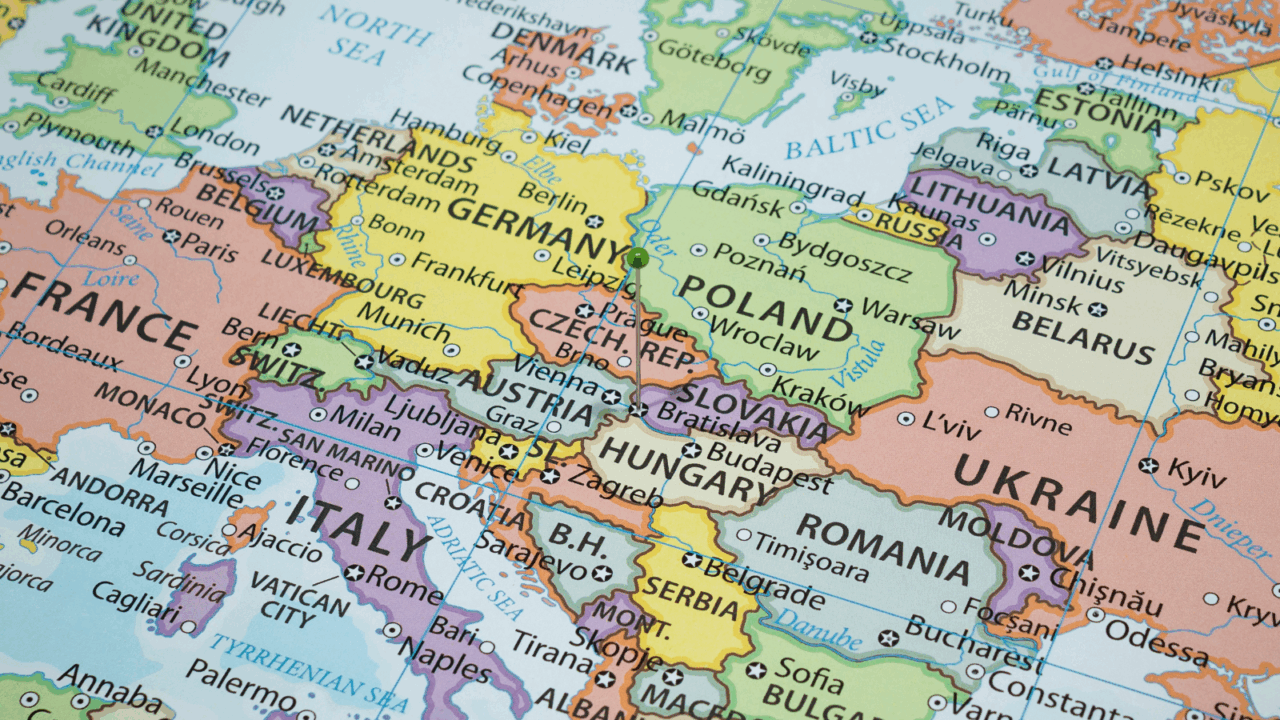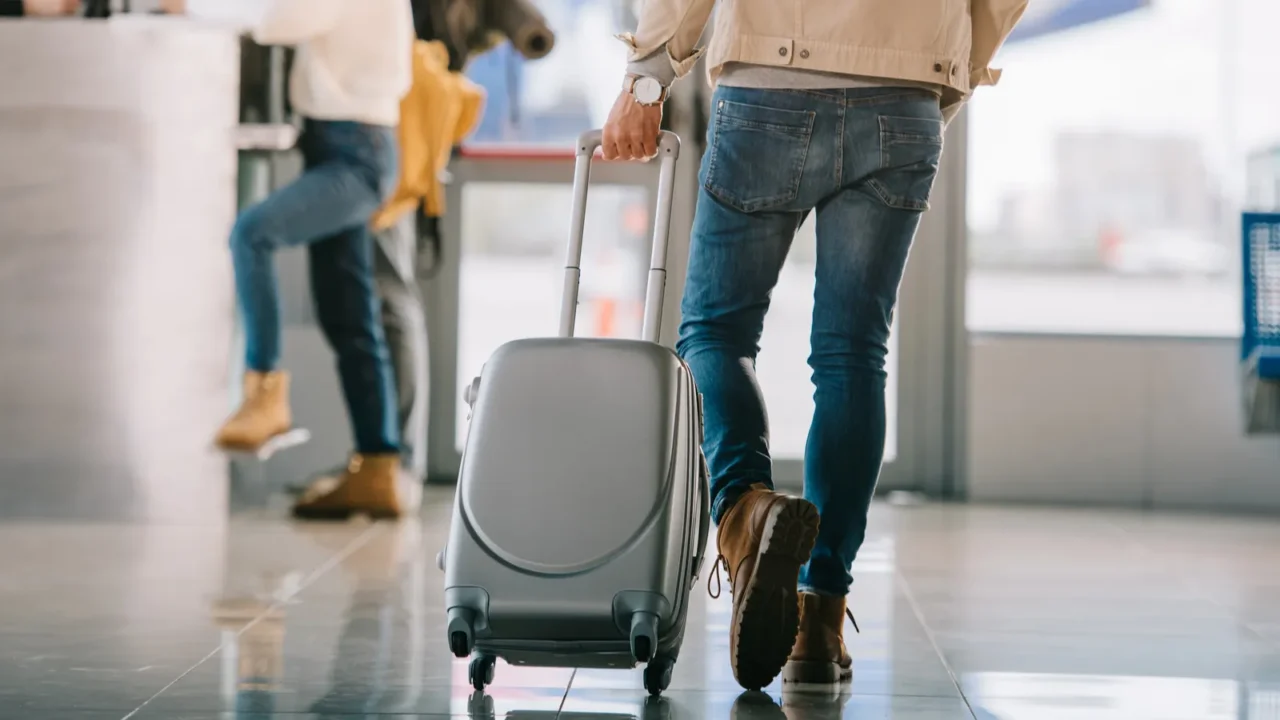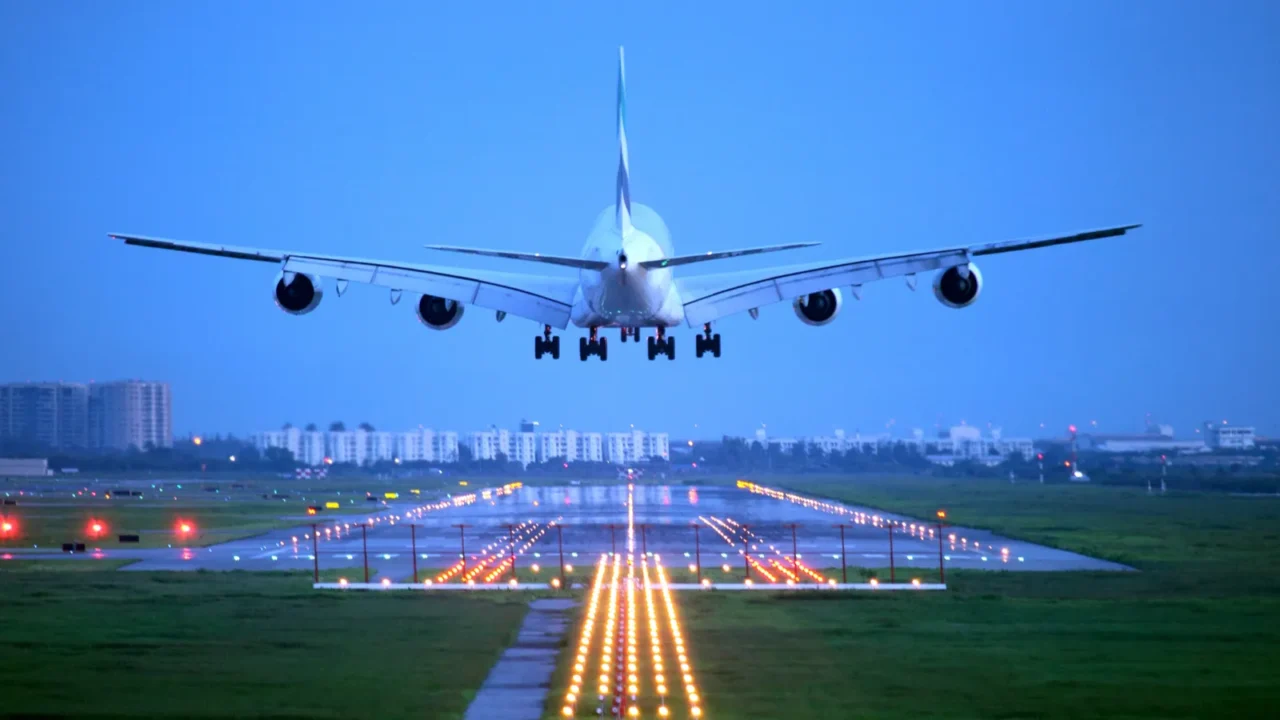
New reality of U.S. travel costs
The U.S. travel experience has shifted, dramatically. A new $250 Visa Integrity Fee is now a standard cost for millions of international travelers who need a visa to visit the United States. Since its rollout, the policy has sparked confusion, frustration, and fierce debate among travelers and industry leaders.
This slideshow walks you through everything: who’s paying, why it exists, how refunds are (or aren’t) working, and the wider impact it’s having on global travel to the U.S.

Visa Integrity Fee?
The $250 Visa Integrity Fee is a mandatory, upfront payment required for most U.S. visa applicants starting in fiscal year 2025. It’s not a visa application fee, this is in addition to what travelers already pay.
The goal? To ensure “visa integrity,” fund immigration infrastructure, and encourage rule compliance. While it’s pitched as refundable for those who follow all visa terms, the fine print is vague.

Who has to pay the $250 fee?
This fee targets nonimmigrant visa applicants from non-Visa Waiver Program (VWP) countries. That includes millions of people from India, China, Mexico, Brazil, Nigeria, and dozens of others.
Students (F-1), business visitors (B-1), tourists (B-2), temporary workers (H-1B), and exchange visitors (J-1) are all included. VWP travelers, who can enter for up to 90 days with ESTA, don’t pay this new fee.

When does it take effect?
The Visa Integrity Fee is set to take effect on October 1, 2025, marking the start of the U.S. federal fiscal year 2026. Anyone applying for a non-immigrant visa on or after that date will need to pay the $250 at the time of visa issuance.
This applies to new visa applications and renewals alike. There’s no grace period.

Why was this fee introduced?
The fee was introduced as part of the “One Big Beautiful Bill Act”, a sweeping legislative package signed under Trump’s second-term policy agenda.
The fee is aimed at funding immigration enforcement, ensuring visa compliance, and promoting reciprocity. If other countries charge Americans high visa fees, the U.S. now says: fair is fair.

Is the $250 refundable? Kind of.
The U.S. government claims the Visa Integrity Fee functions “like a refundable deposit.” If a visitor complies fully with visa terms, no overstays, no unauthorized work, and a timely departure, they may be eligible for a refund.
But here’s the problem: the refund process hasn’t been finalized, and implementation details remain unclear. No timeline, no exact procedure, no dedicated refund portal.

Add it to the stack
The $250 fee isn’t the only cost on the rise. Other U.S. travel fees quietly increased too. The I-94 arrival/departure record now costs $24 (up from $6), and ESTA fees for Visa Waiver travelers jumped from $21 to $40.
Combine these with the existing MRV visa application fees and SEVIS fees (for students), and costs quickly balloon.
Visiting the U.S. is now one of the most expensive travel destinations to enter, before you’ve even bought your plane ticket.

Countries hit hardest by the policy
The Visa Integrity Fee hits travelers from countries that don’t qualify for the Visa Waiver Program. That includes huge populations from India, Brazil, China, South Africa, Nigeria, Egypt, the Philippines, and more.
These countries already charge Americans steep visa fees, so the U.S. policy reflects a reciprocity strategy. Still, for many families, students, and small business travelers, this fee is a tough blow.

Who’s exempt from the fee?
There are a few exemptions, but they’re limited. Travelers from Visa Waiver countries, like Germany, Japan, France, South Korea, and Australia, don’t pay the $250 fee if they’re visiting for less than 90 days with ESTA.
Canadian and Bermudian citizens are also generally exempt from visa requirements and thus avoid this charge. Diplomats and official representatives may be exempt under reciprocal arrangements.

Industry pushback is mounting
Travel industry leaders, tourism boards, and university representatives are raising red flags. They argue this policy could lead to fewer international visitors, hurting the already-fragile tourism rebound post-COVID.
Fewer students, slower visa processing, and a perception that the U.S. is “closed off” could hurt both business and education sectors. Countries like Canada and Australia, meanwhile, may benefit from U.S. policies that seem overly restrictive.

Is this a response to other countries’ fees?
Yes, partially. U.S. policymakers have long argued that Americans face steep fees to visit many countries, including Brazil, Turkey, India, and China.
The Visa Integrity Fee is seen as a form of reciprocity. If you charge us, we’ll charge you. But some say this tit-for-tat approach may escalate travel costs globally and reduce goodwill. Others argue it’s fair to level the playing field.

How this affects international students
International students already face high U.S. visa costs. With the $250 fee, the burden grows. On top of the $185 MRV fee, $350 SEVIS fee, and other documentation expenses, this new cost could push talented students toward countries with fewer barriers, like Canada, Germany, or Australia.
Some schools worry this could hurt their international enrollment numbers. Refund eligibility is little consolation when a student is paying upwards of $800+ upfront, just to attend college in the U.S. Accessibility, critics say, is being traded for enforcement.

What travelers need to do now
If you’re from a non-VWP country and planning a U.S. visit after October 2024, plan early and budget smartly. Include the $250 fee in your cost planning. Keep records of your travel and visa compliance in case the refund process becomes active.
Double-check embassy websites for country-specific implementation timelines. Don’t assume this will be waived or skipped; it’s law now.

What the refund process might look like
While still under development, early hints suggest the refund process may involve:
- Confirming departure from the U.S.
- Proving compliance (no visa violations)
- Applying online or through a consulate
The challenge? There’s no formal system yet. Travelers may wait months, or longer, for updates.

What this means for U.S. tourism
The U.S. has long been one of the top global tourist destinations, but high entry fees may push some travelers to reconsider.
Tourism stakeholders warn that this fee could dampen inbound travel, especially from emerging markets. For major upcoming events like the 2026 FIFA World Cup, fewer international fans could mean lost revenue.
With rising fees putting a dent in plans, savvy travelers are turning their eyes elsewhere. These 2025 global festivals are so good, you’ll want to book a flight.

Would you still visit the U.S. for $250 more?
Now that you’ve seen the full scope of the $250 Visa Integrity Fee, would you still plan a trip to the U.S.? For many, it’s a dealbreaker. For others, it’s just another cost to swallow.
Either way, this policy is changing how the world views U.S. travel. So, what do you think, is the fee justified, or does it go too far? Drop your thoughts below: would you pay, skip, or look elsewhere?
While the debate continues, one thing’s certain: travelers are rethinking their next move. If you’re weighing your options, these last-minute holiday deals might just change your mind.
Have you already traveled to the U.S. after paying this new fee, or did it make you cancel your trip altogether? Drop your story in the comments.
Read More From This Brand:
- Cape Town’s Shoreline Stunners You’ll Regret Skipping in 2025
- A Beginner’s Guide to America’s Quirkiest Roadside Attractions
- Why Rio and Machu Picchu Are the Bucket List Duo of 2025
Don’t forget to follow us for more exclusive content right here on MSN.
This slideshow was made with AI assistance and human editing.